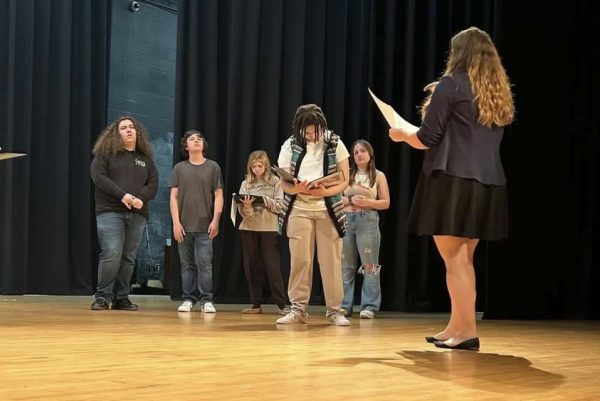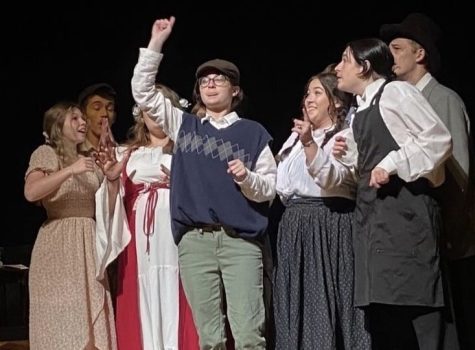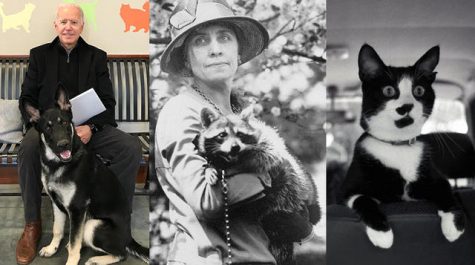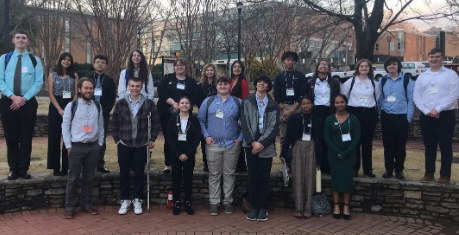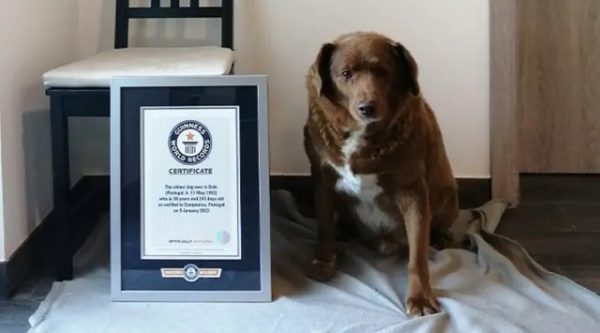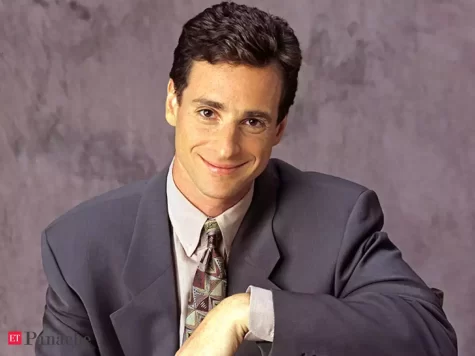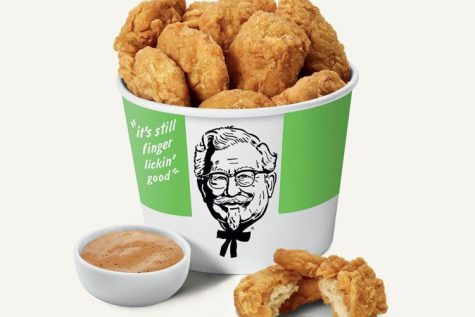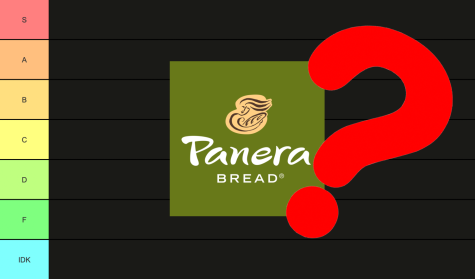A Dead Joke
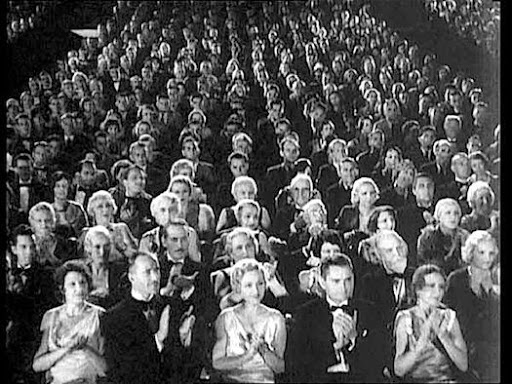
The laugh track: everyone has heard this canned laughter which has been a staple in television for decades. Some viewers enjoy television shows which include a laugh track, others despise it, and some are totally indifferent to the background laughter. Regardless of how one feels about this fairly standard television feature, there has been an overwhelming trend in media and television since the start of the new century, shifting away from the laugh track, veering in the direction of comedy shows excluding the laugh track. This change has been gradual, but it has started to pick up momentum, leaving the number of television shows with a laugh track dwindling. What is the reason for this change in popular television, and what can those who love the older format do to fill the hole in their hearts left by the loss of the laugh track? First some background…
Sitcom shows began to thunderously surge in popularity in the early 1950s. Most of these original shows were filmed in front of a live studio audience. The laughter, gasps, or applause in the background of the show were mostly real reactions from the in-person audiences. This format was possible because early sitcoms were typically only filmed on one set, usually a single room of a house, with a small cast. There would have to be minimal cuts, clothing changes, or set changes. Episodes were more comparable to a play than a modern television show. In the 1960s and 1970s, shows began to become more ambitious in terms of multiple sets, cameras, angles, etc., and it became more difficult to film in front of the studio audience as a single episode would take multiple hours to film. This is when the laugh track was introduced. It was supposed to imply the existence of an audience that was not there and to aid the episode’s comedic beats, so there would be laughter at all the jokes. Mary Grace Garis summarizes early sitcoms by stating, “There were lots of adorable family misadventures where clear lessons were often learned at the end of the day. Catchphrases were always a plus.” This format was popular through the 1990s, with the most famous being “Seinfeld” and “Friends.” However, in the 2000s, this style began to be challenged by a new form of television comedy without laugh tracks. It was made especially popular by “The Office,” which relied on more day-to-day humor. Other popular comedies followed that followed this trend were: “Parks and Recreation,” “Arrested Development,” “Malcolm in the Middle,” and “It’s Always Sunny in Philadelphia,” among others. Most viewers, like Selma Sanchez, feel rather indifferent about the laugh track. When asked if she liked laugh tracks, she said, “I don’t hate it. It helps to know which parts should be laughed at and it contains more than just the laughs (like suspense or the ooh’s and ah’s when something dramatic happens.)”
Examining the current state of television, it is hard to ignore the trend in comedy shows. With the ending of the popular “Big Bang Theory,” it seems the age of laugh track is coming to an end. Of the most popular comedic shows on television right now, the only one containing a laugh track is “Young Sheldon,” a spin-off of the aforementioned “Big Bang Theory.” When asked if she preferred a comedy with or without a laugh track, Cass Trumpet Staff writer Isabel Navarro answered, “Sometimes the laughter feels forced. It can make me uncomfortable when a joke falls flat and there is still a lot of laughter after it. So, I think I prefer shows without laugh tracks.”
The state of entertainment is always evolving, is the laugh track something that will be left behind, only to be a distant memory? Or is it possible that the more traditional comedic format can make a comeback in popularity? Only time will tell.





